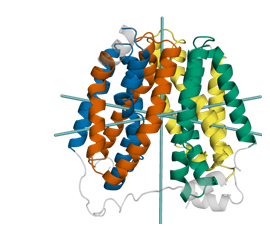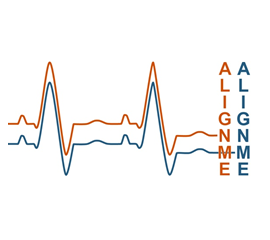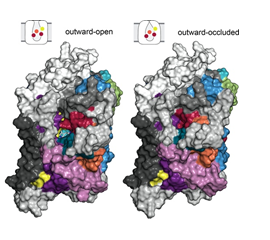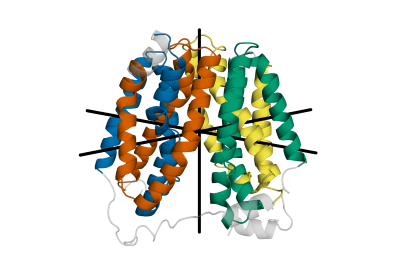The Computational Structural Biology Section, led by NIH Investigator Dr. Lucy R. Forrest, uses computational approaches to study proteins that exist in cell membranes. We are particularly interested in understanding the function of coupled transporter proteins through an understanding of their structure. We also develop methods to better enable the prediction of functionally important properties of such proteins - see our Resources page for more details.
The group was set up in the Max Planck Institute for Biophysics in Frankfurt, Germany, in 2007, and moved to the National Institute of Neurological Disorders and Stroke (NINDS) at the National Institutes of Health (NIH) in Bethesda, MD, USA in 2013. Please also see Dr. Forrest's profile at NINDS - with information about Research Interests.







